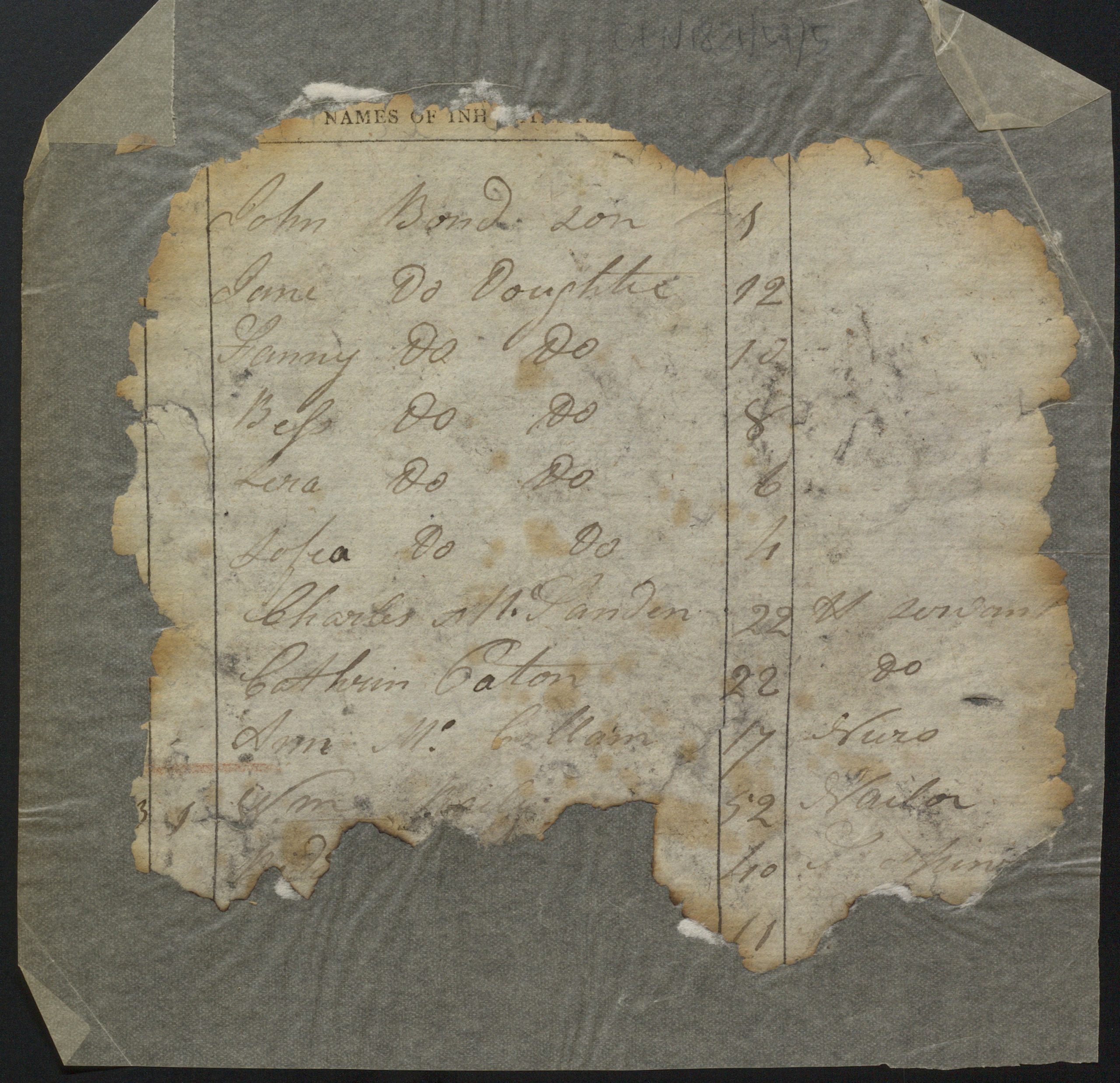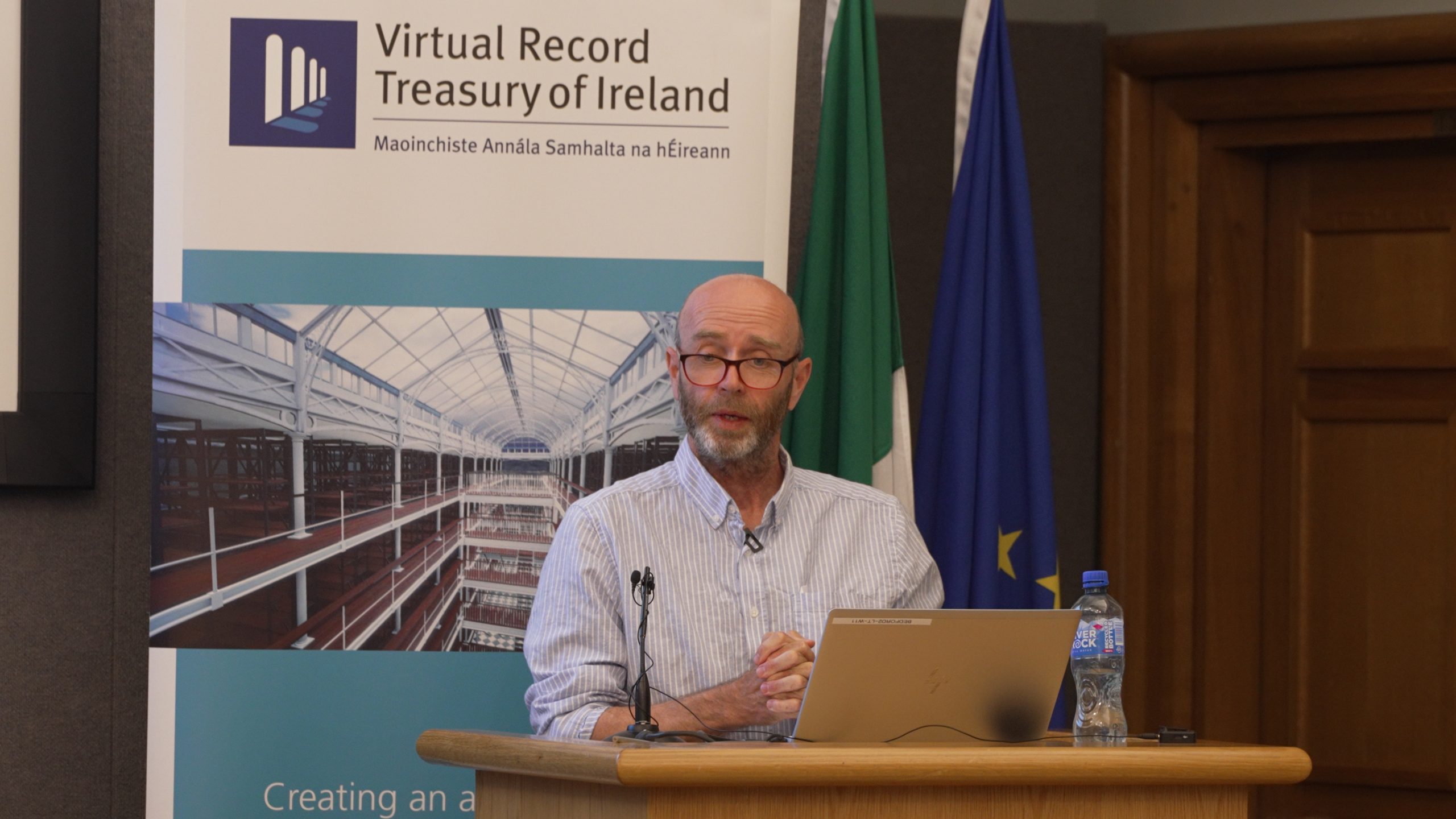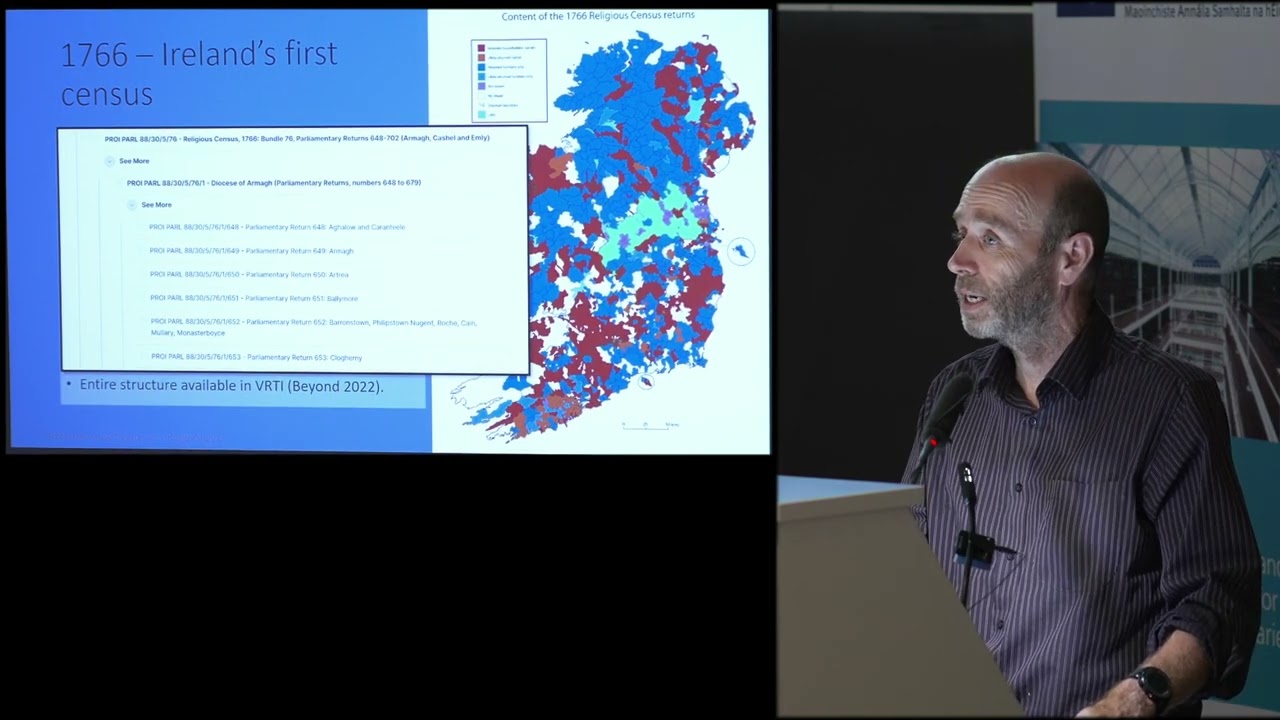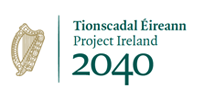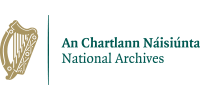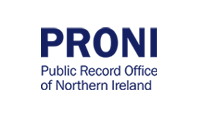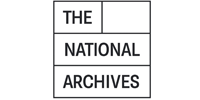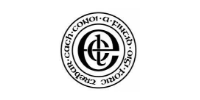
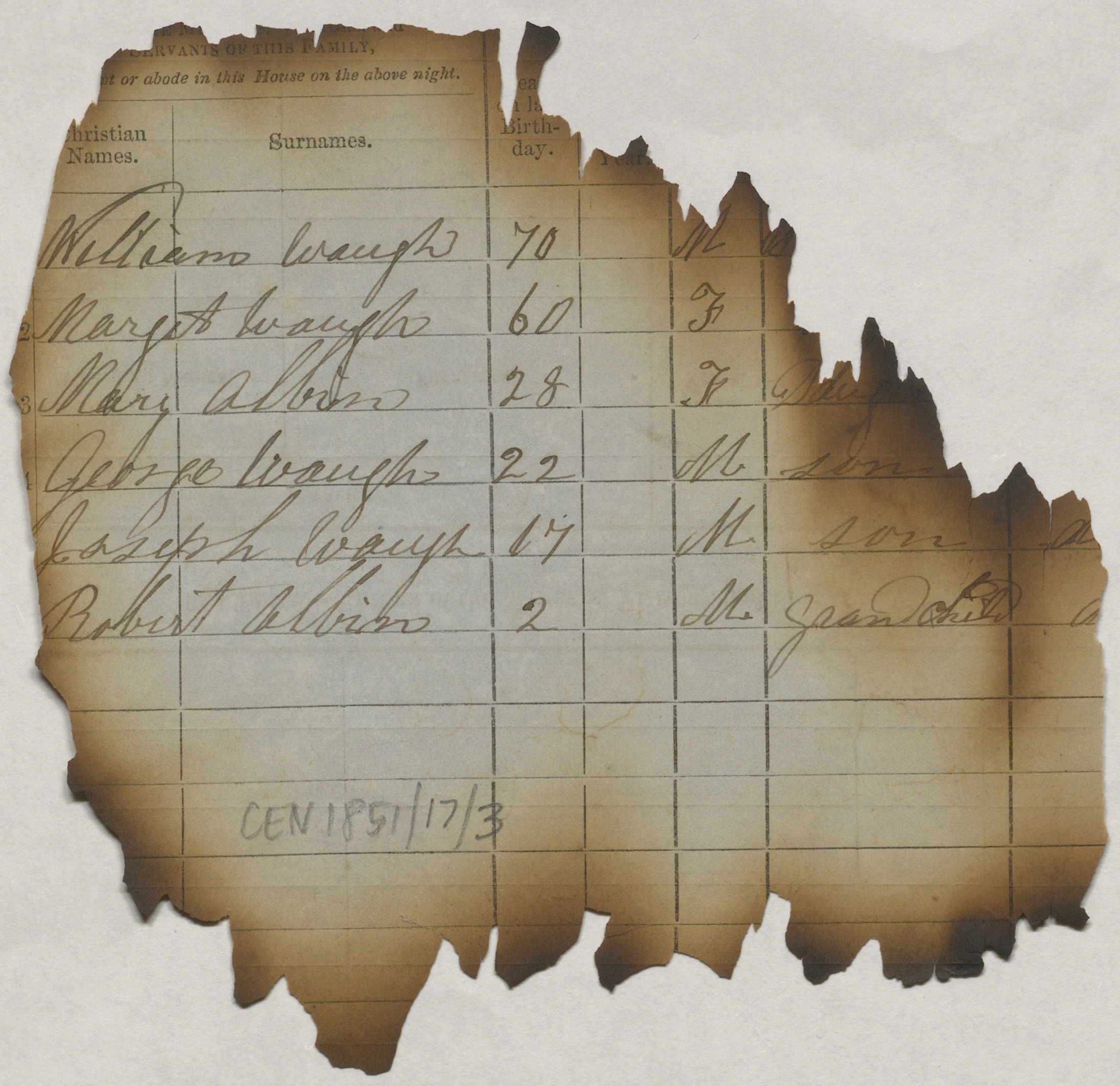


via the Knowledge Graph
 Explore Places
Explore Places Introduction
The first statutory census of Ireland commenced in May 1813, although it failed to fully enumerate the national population. The next national census, held in conjunction with the third census in Britain, took place in 1821. Despite the failure of the inaugural survey, the second census was hugely ambitious, aiming to record the names and details of all inhabitants of Ireland. When it was completed the names of 6.8 million Irish citizens had been recorded. By the time the Public Record office opened, in 1868, four more national censuses had been taken in Ireland, in 1831, 1841, 1851 and 1861, and the returns for the first three of these, along with the outputs from the 1813 and 1821 surveys, were moved to the archive, where they perished in 1922.
What do the records contain?
Modelled on the British censuses of 1801 and 1811, the first Irish statutory census (1813-15), was a modest undertaking, requiring enumerators (typically barony high-constables) to return abstract numerical demographic statistics for their areas. In spite of this, the enumeration did not take place in some areas, with some entire counties defaulting. The failure to report a national population meant that no results from Ireland’s first statutory census were officially published.
You may also be interested in our Curated Collection of Census Reports, 1821–1891
The second national population inquiry, held in 1821, was ground-breaking in terms of its scope and its aims. The British approach was rejected in favour of a complete census of the country, requiring the enumerators, whose credentials were verified in advance of appointment, to record the names, ages, and occupations of all inhabitants in their respective areas. The details of 6.8 million citizens were recorded, and ultimately bound into 479 weighty volumes, which were stored in the Record Tower in Dublin Castle, and abstract results from the survey were published to parish level.
The 1831 census represented a backward step, requiring enumerators to record only the names of the householders, with numerical details taken for remaining household members. Because of this, only about 1.385 million names were recorded in 1831. As occurred after the 1821 census, one volume of 1831 parish-level statistics was also published.
As was typical of the time, the 1813, 1821 and 1831 censuses were canvassed inquiries, with enumerators going from house to house, questioning the occupants, and recording the required details. In 1841 a new approach was taken, with household census forms distributed in advance, for literate householders to complete themselves. Since 1841, all Irish censuses have employed the self-enumeration approach. The 1841 and 1851 censuses recorded the names of 8.175 million and 6.552 million names of citizens respectively. Thus, about 23 million names were recorded in the five censuses which were located in the Public Record Office. Following the 1841 survey, for the first time, the abstract demographic statistics were published to townland level.
Although some original records have survived from four of these five censuses (the 1831 census was completely destroyed) the vast majority of the census records have been lost. Unexpectedly, however, the census returns proved popular with record agents and genealogists, and thousands of extracts were taken from the returns before they were destroyed. The introduction of the Old Age Pension in 1909 further boosted their importance, and thousands of applications were received at the Record Office for certified extracts from the returns, by people trying to prove their eligibility for welfare payments. It is intended that many of the surviving extracts and abstracts from the first five censuses (1813-1851) will be made available in digital format for use by researchers. Researchers will have access to the published reports, statistical data, never previously published, and a significant body of household extracts.
A new framework for old data
Making details gleaned from the lost censuses accessible to local researchers requires careful planning. How to attach every found name to its correct address and for the relevant census year? An entirely new framework was needed. So, a major part of our research involves creating a robust structure, showing provinces, counties, baronies, statutory parishes, and townlands for the entire island of Ireland, which can accommodate thousands of names across multiple censuses.
A note on locations
Over the centuries Ireland has been divided up into a variety of local or regional districts for administrative purposes. Counties are the main administrative districts. Some have changed their names (e.g. King’s County became County Offaly, and Queen’s County became Count Laois), and some urban areas were once separate county units (e.g. the county of the City of Galway or the county of Carrickfergus), and a few county borders were adjusted in the 19th century, but most counties have remain unchanged.
In earlier centuries the country was divided into hundreds of Baronies. The boundaries of Baronies do not line up with county boundaries so it is common for a Barony to spread across two or more counties. At a more local level, Ireland was divided into over 2,500 Civil Parishes. In some cases the Civil Parish boundary matches the boundaries of modern religious parishes, but often they are different. The smallest unit of local administration is the Townland, there are over 60,000 of these.
So for family history and local studies an address may be a combination of: County / Barony / Civil Parish / Townland.
In a town or city it might include: City / Barony / Civil Parish / Street.
Two free websites are useful for finding an historical location:
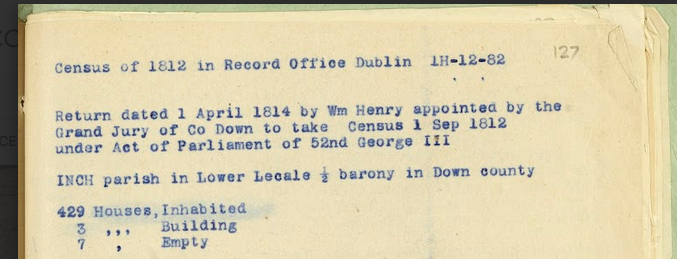
A typed copy of abstract details from the 1813 Census of Ireland for Inch parish, Co. Down. The original record was destroyed in 1922 but this copy survives in the Public Record Office of Northern Ireland (PRONI). The transcript is incorrectly dated 1812, the year the Act passed through parliament. Ref: PRONI T808/15014, f. 127.

Robert Pillow used an accounts ledger book to record a list of names from the 1821 census for parts of County Armagh. The explosion and fire of 1922 destroyed million of records from 1821, happily this copy survives in PRONI T636/1.

Thanks to the work of genealogist Philip Crosslé, and some careful deciphering to read his handwriting, these names from the 1821 census for Desertegny, Co Donegal were saved from oblivion. They are now held in The National Archives, Ireland. Ref NAI Crosslé Genealogical Collection, Smith notebook, III, pp 262-278.
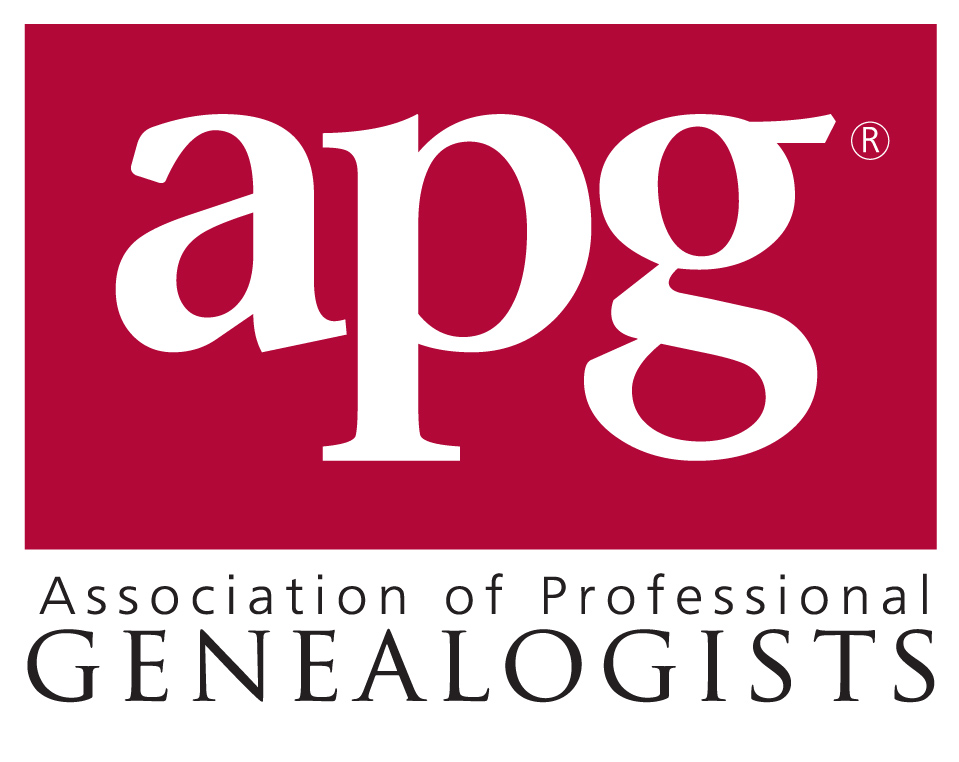
The Virtual Record Treasury of Ireland gratefully acknowledges the contribution of the Association of Professional Genealogists towards this research.

